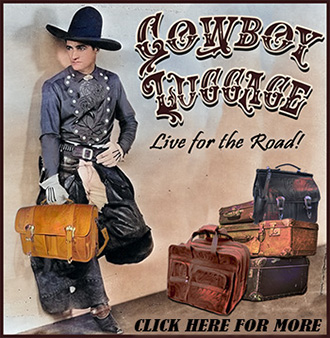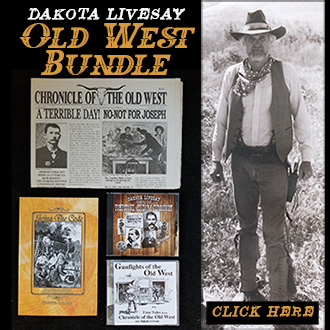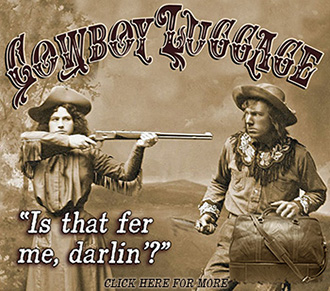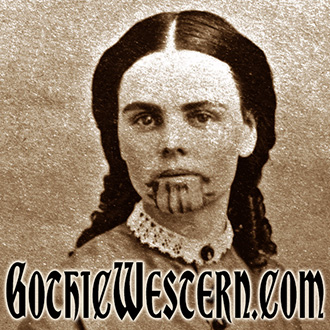
As a young man Colonel
Alexander W. Doniphan had no plans on being a military man. Born in Kentucky, Alexander went to college to be a lawyer, later practicing in Missouri. A far cry from what would become Doniphan’s Thousand.
But, the courtroom wasn’t enough excitement for Alexander. When the war with Mexico broke out in 1846 the 1st Missouri Mounted Volunteers were formed, and Alexander was voted their colonel. Now, the Missouri Mounted didn’t comprise of professional military men. They were a rag-tag group of men who looked more like tramps than spit and polish soldiers of the regular military. And Alexander wasn’t a strict disciplinarian as an officer. But “Doniphan’s Thousand” as they were known were impressive in battle.
In December of 1846 Alexander and 500 of his men assisted General Wool in his invasion of the Mexican state of Chihuahua. On their way to Chihuahua, Alexander and his men ran into a force of 1,200 Mexican soldiers just outside of El Paso, Texas. Although outnumbered more than 2 to 1, they took on the Mexican forces, and on December 27 occupied El Paso.
Continuing on to Chihuahua, Alexander discovered that General Wool had retreated back. Rather than turning back also, Alexander summoned the other half of his “Thousand” and proceeded to attack Chihuahua unassisted. This time he was completely outnumbered 4 to 1. But, once again they quickly overcame their opponent. Within six months Alexander and his men reached the Gulf Coast. At the coast they were picked up by boat, and transported to New Orleans, where they returned to Missouri and their normal occupations.
Within a few months U. S. troops occupied Mexico City, and the war was over. Although the professional military got the credit for the victory, were it not for rag-tag volunteers like Doniphan’s Thousand, it surely wouldn’t have happened when it did.
 One Shot Pot:
One Shot Pot:
 Edward Cash was a hard working rancher with a wife who lived in
Edward Cash was a hard working rancher with a wife who lived in  On April 1, 1877, a young prospector named Ed Schieffelin arrived at Fort Yachuca in southern Arizona. He told the soldiers he was going into Apache country and trying his hand at prospecting. They told him that the only thing he would find there would be his tombstone. That is how
On April 1, 1877, a young prospector named Ed Schieffelin arrived at Fort Yachuca in southern Arizona. He told the soldiers he was going into Apache country and trying his hand at prospecting. They told him that the only thing he would find there would be his tombstone. That is how  Finally Asa Soule, from Ingalls, decided to take the situation into his own hands. He figured that as the crown or miter was the authority of a king, the records of a county were the authority of a county seat. So, on January 11, 1889 he deputized a group of men to steal the county records. These lawmen weren’t novices. They included Bill Tilghman, Neal Brown and two of
Finally Asa Soule, from Ingalls, decided to take the situation into his own hands. He figured that as the crown or miter was the authority of a king, the records of a county were the authority of a county seat. So, on January 11, 1889 he deputized a group of men to steal the county records. These lawmen weren’t novices. They included Bill Tilghman, Neal Brown and two of 
 As a young man Colonel
As a young man Colonel 


